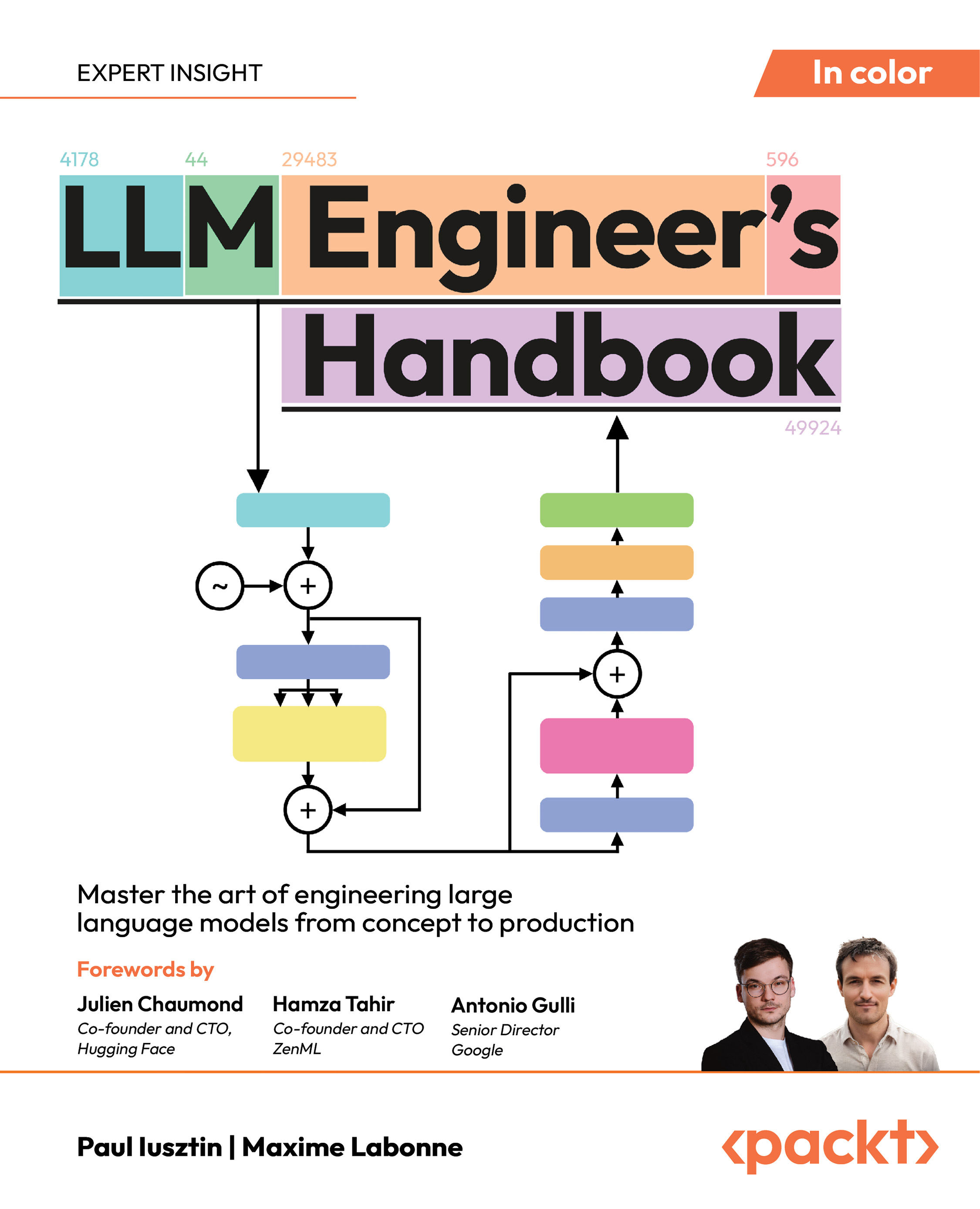(For more resources on .NET, see here.)
Generic container patterns
There are several generic containers such as List<T>, Dictionary<Tkey,Tvalue>, and so on. Now, let's take a look at some of the patterns involving these generic containers that show up more often in code.
How these are organized
Each pattern discussed in this article has a few sections. First is the title. This is written against the pattern sequence number. For example, the title for Pattern 1 is One-to-one mapping. The Pattern interface section denotes the interface implementation of the pattern. So anything that conforms to that interface is a concrete implementation of that pattern. For example, Dictionary<TKey,TValue> is a concrete implementation of IDictionary<TKey,TValue>. The Example usages section shows some implementations where TKey and TValue are replaced with real data types such as string or int. The last section, as the name suggests, showcases some ideas where this pattern can be used.
Pattern 1: One-to-one mapping
One-to-one mapping maps one element to another.
Pattern interface
The following is an interface implementation of this pattern:
IDictionary<TKey,Tvalue>
Some concrete implementations
Some concrete implementations of this pattern are as follows:
- Dictionary<TKey,TValue>
- SortedDictionary<TKey,TValue>
- SortedList<TKey,TValue>
Example usages
The following are examples where TKey and TValue are replaced with real data types such as string or int:
- Dictionary<string,int>
- SortedDictionary<int,string>
- SortedList<string,string>
- Dictionary<string,IClass>
Some situations where this pattern can be used
One-to-one mapping can be used in the following situations:
- Mapping some class objects with a string ID
- Converting an enum to a string
- General conversion between types
- Find and replace algorithms where the find and replace strings become key and value pairs
- Implementing a state machine where each state has a description, which becomes the key, and the concrete implementation of the IState interface becomes the value of a structure such as Dictionary<string,IState>
Pattern 2: One-to-many unique value mapping
One-to-many unique value mapping maps one element to a set of unique values.
Pattern interface
The following is an interface implementation of this pattern:
IDictionary<TKey,ISet<Tvalue>>
Some concrete implementations
Some concrete implementations of this pattern are as follows:
- Dictionary<TKey,HashSet<TValue>>
- SortedDictionary<TKey,HashSet<TValue>>
- SortedList<TKey,SortedSet<TValue>>
- Dictionary<TKey,SortedSet<TValue>>
Example usages
The following are examples where TKey and TValue are replaced with real data types such as string or int:
- Dictionary<int,HashSet<string>>
- SortedDictionary<string,HashSet<int>>
- Dictionary<string,SortedSet<int>>
Some situations where this pattern can be used
One-to-many unique value mapping can be used in the following situations:
- Mapping all the anagrams of a given word
Unlock access to the largest independent learning library in Tech for FREE!
Get unlimited access to 7500+ expert-authored eBooks and video courses covering every tech area you can think of.
Renews at $15.99/month. Cancel anytime
- Creating spell check where all spelling mistakes can be pre-calculated and stored as unique values
Pattern 3: One-to-many value mapping
One-to-many value mapping maps an element to a list of values. This might contain duplicates.
Pattern interface
The following are the interface implementations of this pattern:
- IDictionary<TKey,ICollection<Tvalue>>
- IDictionary<TKey,Ilist<TValue>>
Some concrete implementations
Some concrete implementations of this pattern are as follows:
- Dictionary<TKey,List<TValue>>
- SortedDictionary<TKey,Queue<TValue>>
- SortedList<TKey,Stack<TValue>>
- Dictionary<TKey,LinkedList<TValue>>
Example usages
The following are examples where TKey and TValue are replaced with real data types such as string or int:
- Dictionary<string,List<DateTime>>
- SortedDictionary<string,Queue<int>>
- SortedList<int,Stack<float>>
- Dictionary<string,LinkedList<int>>
Some situations where this pattern can be used
One-to-many value mapping can be used in the following situations:
- Mapping all the grades obtained by a student. The ID of the student can be the key and the grades obtained in each subject (which may be duplicate) can be stored as the values in a list.
- Tracking all the followers of a Twitter account. The user ID for the account will be the key and all follower IDs can be stored as values in a list.
- Scheduling all the appointments for a patient whose user ID will serve as the key.
Pattern 4: Many-to-many mapping
Many-to-many mapping maps many elements of a group to many elements in other groups. Both can have duplicate entries.
Pattern interface
The following are the interface implementations of this pattern:
- IEnumerable<Tuple<T1,T2,..,ISet<Tresult>>>
- IEnumerable<Tuple<T1,T2,..,ICollection<Tresult>>>
Some concrete implementations
A concrete implementation of this pattern is as follows:
IList<Tuple<T1,T2,T3,HashSet<TResult>>>
Example usages
The following are examples where TKey and TValue are replaced with real data types such as string or int:
- List<Tuple<string,int,int,int>>
- List<Tuple<string,int,int,int,HashSet<float>>>
Some situations where this pattern can be used
Many-to-many mapping can be used in the following situations:
- If many independent values can be mapped to a set of values, then these patterns should be used. ISet<T> implementations don't allow duplicates while ICollection<T> implementations, such as IList<T>, do.
- Imagine a company wants to give a pay hike to its employees based on certain conditions. In this situation, the parameters for conditions can be the independent variable of the Tuples, and IDs of employees eligible for the hike can be stored in an ISet<T> implementation.
For concurrency support, replace non-concurrent implementations with their concurrent cousins. For example, replace Dictionary<TKey,TValue> with ConcurrentDictionary<TKey,TValue>.
 United States
United States
 Great Britain
Great Britain
 India
India
 Germany
Germany
 France
France
 Canada
Canada
 Russia
Russia
 Spain
Spain
 Brazil
Brazil
 Australia
Australia
 South Africa
South Africa
 Thailand
Thailand
 Ukraine
Ukraine
 Switzerland
Switzerland
 Slovakia
Slovakia
 Luxembourg
Luxembourg
 Hungary
Hungary
 Romania
Romania
 Denmark
Denmark
 Ireland
Ireland
 Estonia
Estonia
 Belgium
Belgium
 Italy
Italy
 Finland
Finland
 Cyprus
Cyprus
 Lithuania
Lithuania
 Latvia
Latvia
 Malta
Malta
 Netherlands
Netherlands
 Portugal
Portugal
 Slovenia
Slovenia
 Sweden
Sweden
 Argentina
Argentina
 Colombia
Colombia
 Ecuador
Ecuador
 Indonesia
Indonesia
 Mexico
Mexico
 New Zealand
New Zealand
 Norway
Norway
 South Korea
South Korea
 Taiwan
Taiwan
 Turkey
Turkey
 Czechia
Czechia
 Austria
Austria
 Greece
Greece
 Isle of Man
Isle of Man
 Bulgaria
Bulgaria
 Japan
Japan
 Philippines
Philippines
 Poland
Poland
 Singapore
Singapore
 Egypt
Egypt
 Chile
Chile
 Malaysia
Malaysia













